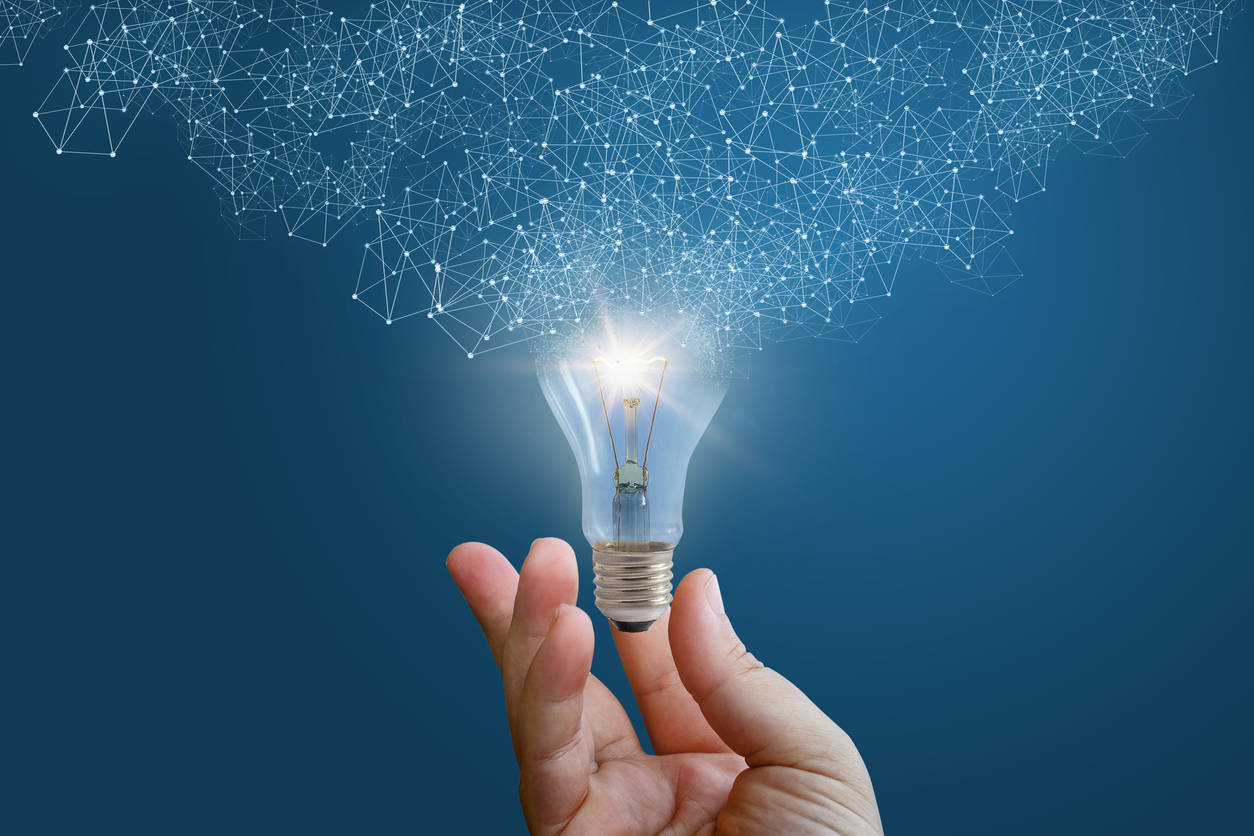

lunedì 07/10/2024 • 06:00
Eligible activities for ordinary Patent Box and recapture mechanism
For the purposes of the recapture mechanism, the Provvedimento of 15 February 2022 provides for additional relevant activities beyond the definitions of research and innovation contained in the Decree of 26 May 2020. So, what expenses would be eligible in the case of the "creation" of copyright-protected software?
di Carlo Maria Andò - Commercialista e revisore legale, EY
di David Costanzo - Senior Manager EY Consulting
- Tempo di lettura 2 min.
Ascolta la news 5:03
- caricamento..
The eligible expenses for the Patent Box regime (PB) that are generally qualified as "research and development" expenses, according to the provisions of Article 6, paragraph 3 of Law Decree 146/2021, are those incurred within the scope of relevant activities as defined by the Provvedimento of 15 February 2022.
These include research and development activities (limited to industrial research and experimental development), technological innovation, and design and aesthetic ideation illustrated in the Decree of 26 May 2020 (Decree), which is the implementing decree of the tax credit regime referred to in Article 1, paragraphs 198 and following of Law 160/2019, currently in force.
The reference to the Decree seems unequivocal: the relevant activities can only be those that meet the same requirements for the allocation of the tax credit. For PB purposes, however, these must be aimed at the maintenance, enhancement, protection, and increase in the value of the intangible assets for which the five-year option is exercised.
Several operational concerns have arisen: it is not easy to fit expenses aimed at maintaining and/or increasing an asset within the definitions of research and development and technological innovation set forth by the MiSE Decree. For copyright-protected software but also, and especially, for industrial patents, the major innovative efforts usu...
 Quotidianopiù è anche su
WhatsApp! Clicca qui per
iscriverti gratis e seguire tutta l'informazione real time, i video e i podcast sul tuo smartphone.
Quotidianopiù è anche su
WhatsApp! Clicca qui per
iscriverti gratis e seguire tutta l'informazione real time, i video e i podcast sul tuo smartphone.
© Copyright - Tutti i diritti riservati - Giuffrè Francis Lefebvre S.p.A.
Vedi anche
Le attività rilevanti tra Patent Box ordinario e meccanismo premiale
Ai fini del meccanismo premiale, il Provvedimento del 15 febbraio 2022 prevede ulteriori attività rilevanti che esulano dalle definizioni di ricerca e innovazione conten..
di Carlo Maria Andò - Commercialista e revisore legale, EY
di David Costanzo - Senior Manager EY Consulting
Iscriviti alla Newsletter
Rimani aggiornato sulle ultime notizie di fisco, lavoro, contabilità, impresa, finanziamenti, professioni e innovazione

Trovi interessante questo video?
Per continuare a vederlo e consultare altri contenuti esclusivi abbonati a QuotidianoPiù,
la soluzione digitale dove trovare ogni giorno notizie, video e podcast su fisco, lavoro, contabilità, impresa, finanziamenti e mondo digitale.
Abbonati o
contatta il tuo
agente di fiducia.
Se invece sei già abbonato, effettua il login.